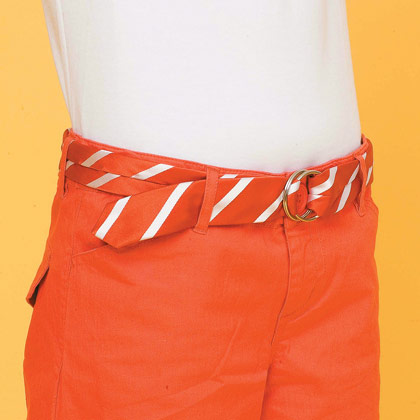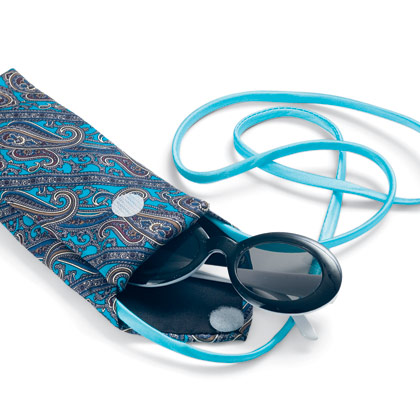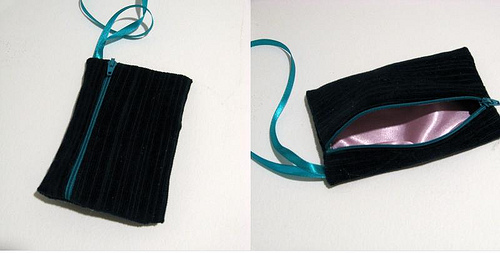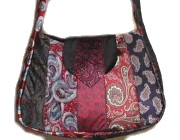I knew about Spoonflower already, but I was impressed when I looked at the options to print fabric on demand.
- Spoonflower: Print custom fabric on-demand
- UMadeUp: create personalized gifts and photo gifts - pillows, cushions, silk scarves and other personalized gifts
- Digital Textile Printing: Cotton, Linen, Lycra, Silk, Trevira CS, T - Shirt printer
- KarmaKraft - You design it, We print it
I was trying to decide between buying printable silk scarf fabric to print my own (includes the headache of figuring out how to print a "page" much longer than 11 inches), and to send out that print job. I was a little disappointed that Zazzle doesn't do silk scarves. I've got a gorgeous sunset photo we took in Key West that I think would be beautiful repeated along a silk scarf! (I also love the look of old-timey silk scarf maps, and I know where to find old maps online.) I still haven't decided how to do it yet. Then again, I haven't stitched together the long version of that sunset photo either. After I do that, I suppose the next test is to print to a 14-inch legal sheet of paper to see if that works as a custom paper size. If it's easy, I'll DIY; if it's a headache, I'll send it out.







